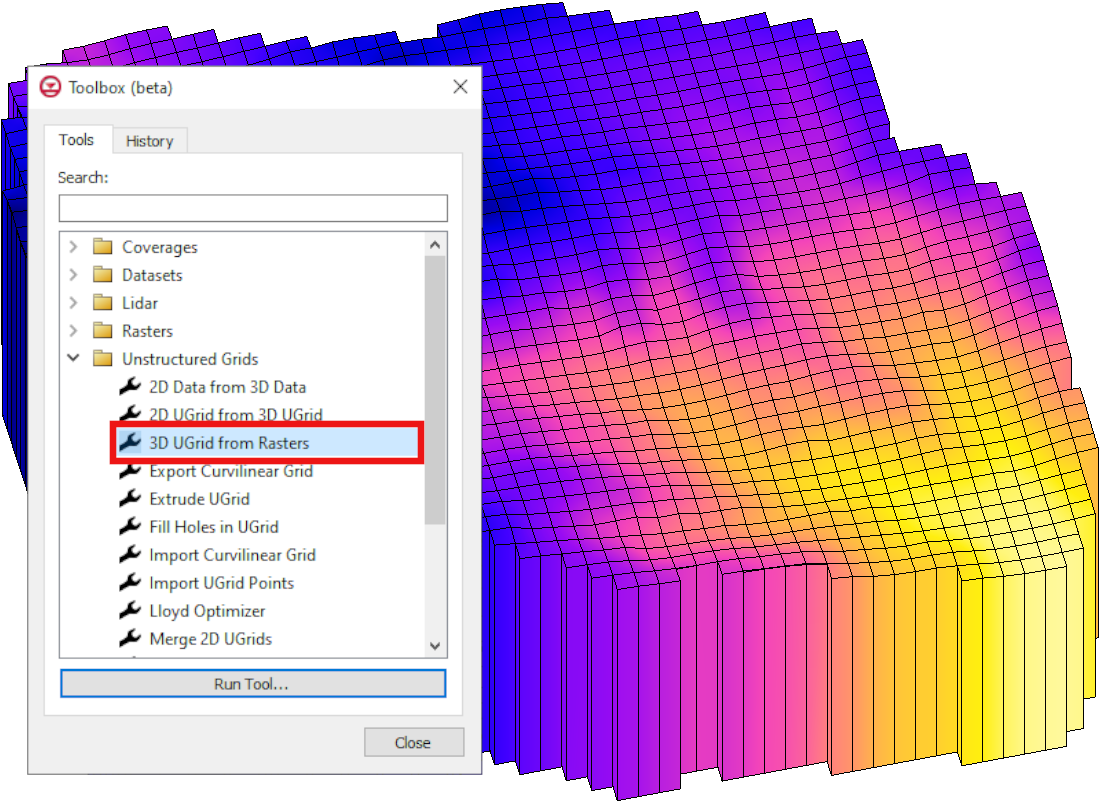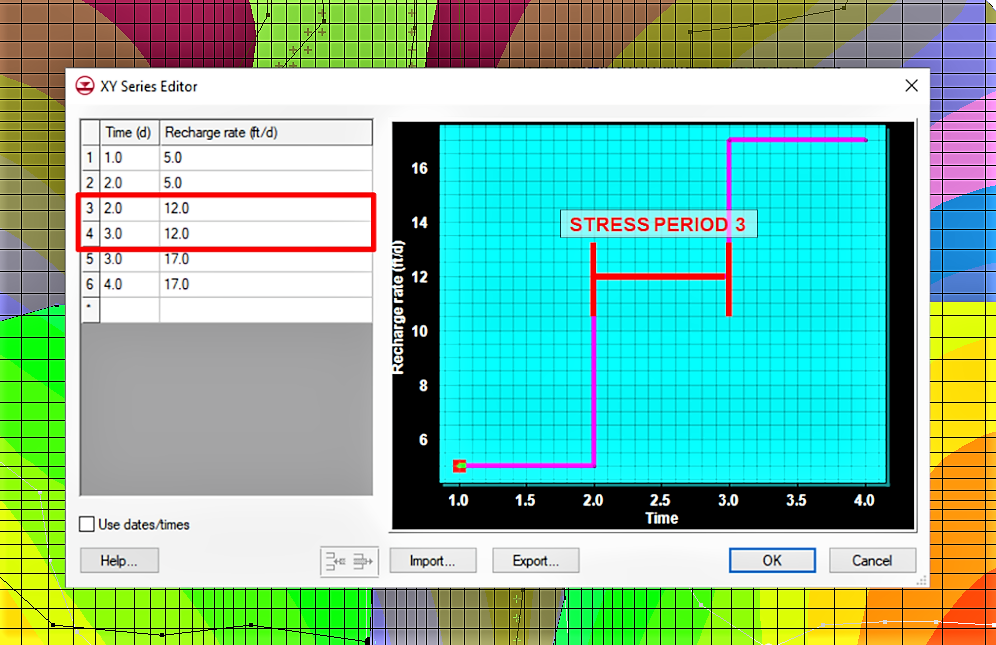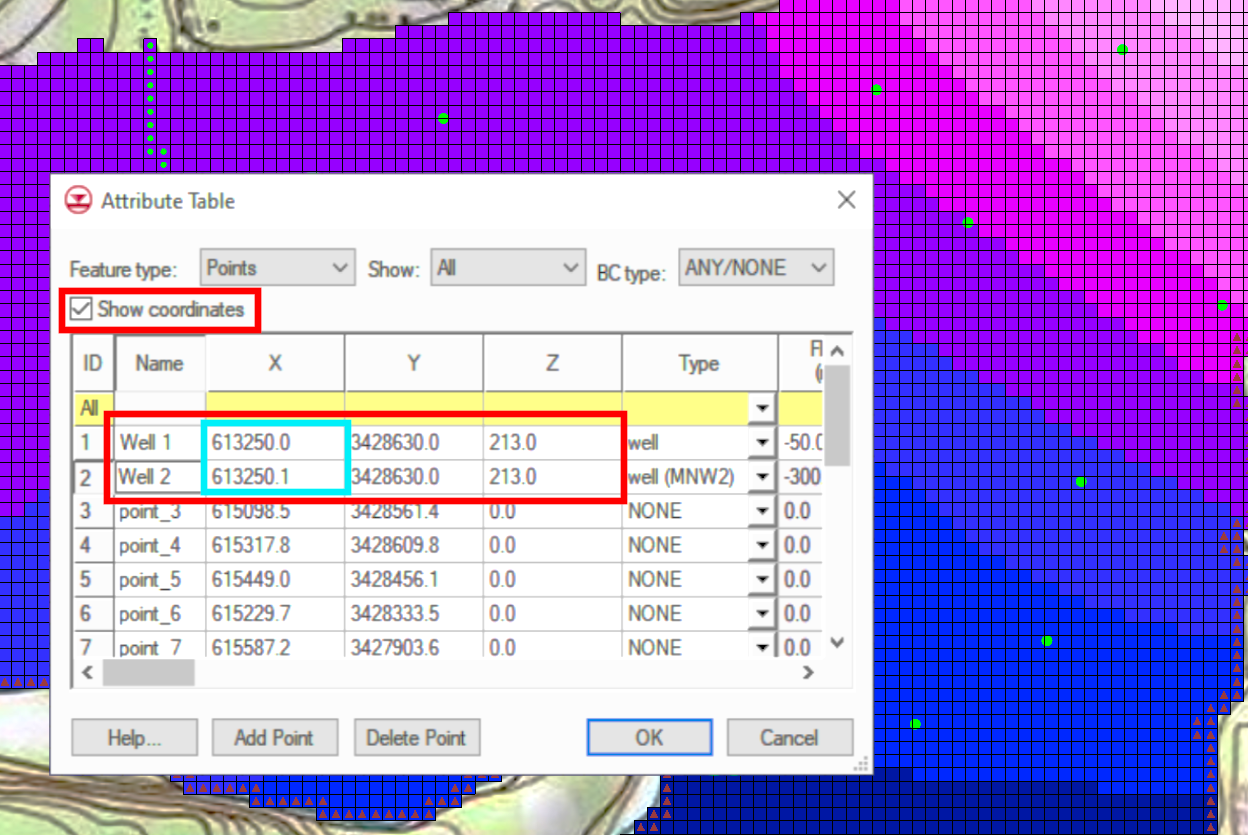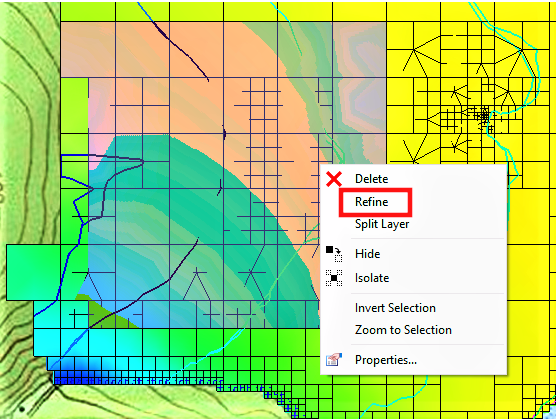Announcing GMS 10.8 Beta!
By aquaveo on December 5, 2023We are pleased to announce the release of GMS 10.8 in beta! There are many updates and additions that have been made in the newest version of GMS and this blog post will explore just a few of the new tools and functionalities.
HydroGeoSphere
HydroGeoSphere is a model brand new to GMS, which will be available to you in GMS 10.8 beta. The HydroGeoSphere model was developed by Aquanty to accurately replicate the intricate processes involved in the terrestrial part of the hydrological cycle using a three-dimensional control-volume finite element simulator.
3D UGrid from Rasters
The 3D UGrid from Rasters tool is new to the GMS toolbox. This tool is found under the Unstructured Grids folder in the toolbox, and can be used to generate a 3D UGrid using multiple rasters and a 2D UGrid. It creates layers between the rasters using the 2D UGrid and the horizons approach. When this tool is used, the resulting 3D UGrid has no vertical sub-discretization of the layers, and the horizontal discretization of all the layers is the same. More information about this tool can be found on this page of our wiki.

MODFLOW-USG Transport
MODFLOW USG Transport in GMS has new support for seepage elevation and concentration in the Recharge (RCH) package. The Evapotranspiration (EVT) package now supports ETFACTOR.
Color Ramp
The way the color ramp in the contour display options works has been updated, and many new color options have been added to GMS 10.8. The way the color ramp works has been changed to more closely resemble the changes that have already been made in SMS and WMS. If you want a more detailed explanation of how to use this version of the color ramp, you can check out this blog post. The blog post covers the color ramp for SMS, but the functionality is basically identical between SMS and GMS.
There are a lot of new things to try in GMS 10.8 beta, so download it from our website and check it out today!









